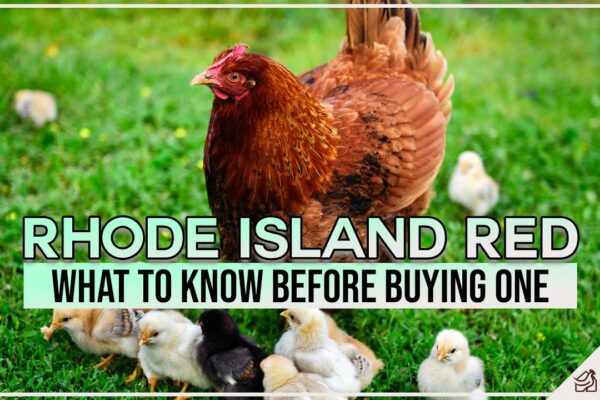
What is the average height of Rhode Island Reds?
Rhode Island Reds, a popular breed of chicken, have an average height ranging from 20 to 24 inches. These birds are medium-sized, known for their sturdy build and upright posture. While individual variations exist, this height range provides a general idea of the typical stature of Rhode Island Reds, making them suitable for various backyard or farm settings.




